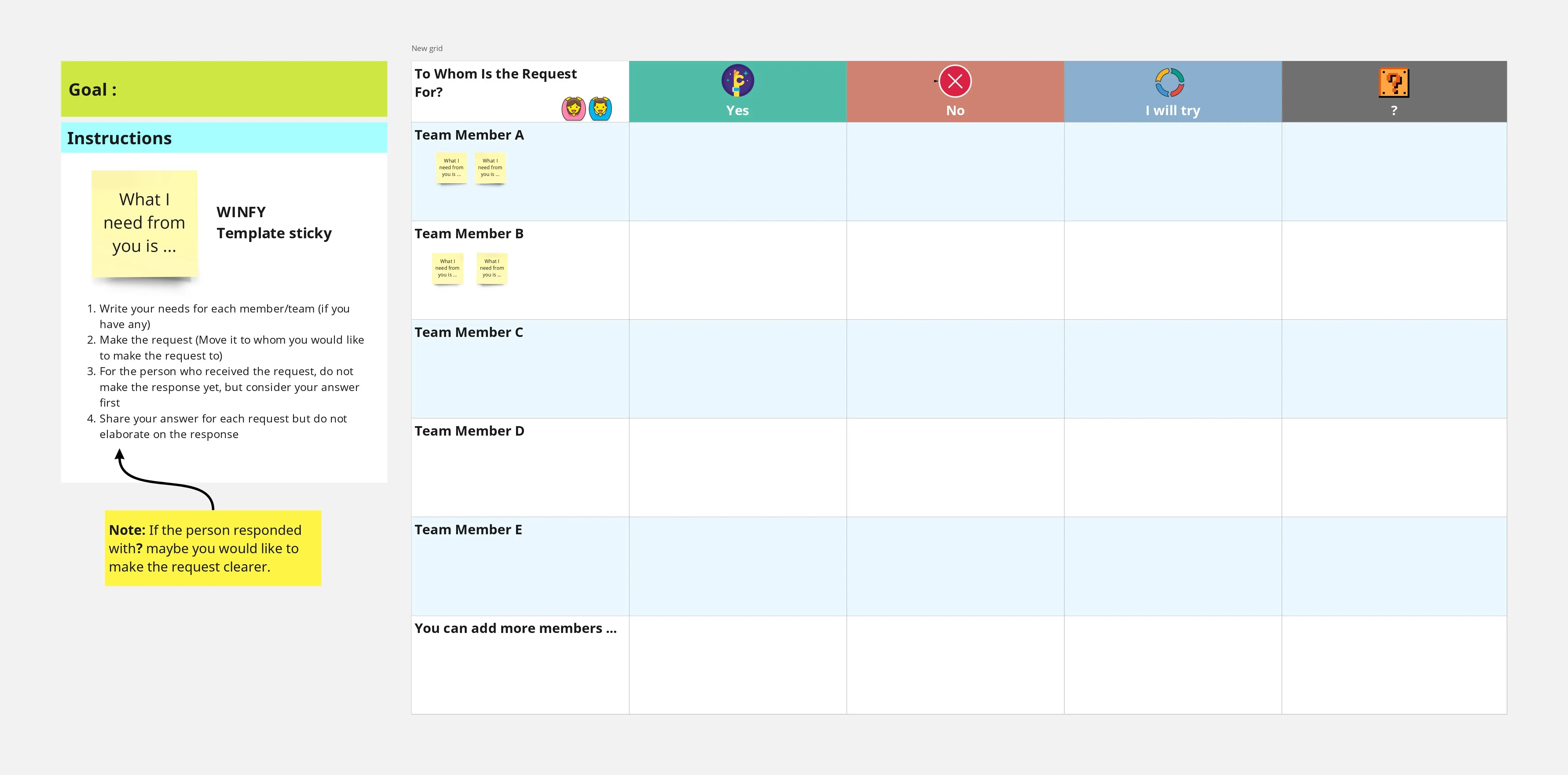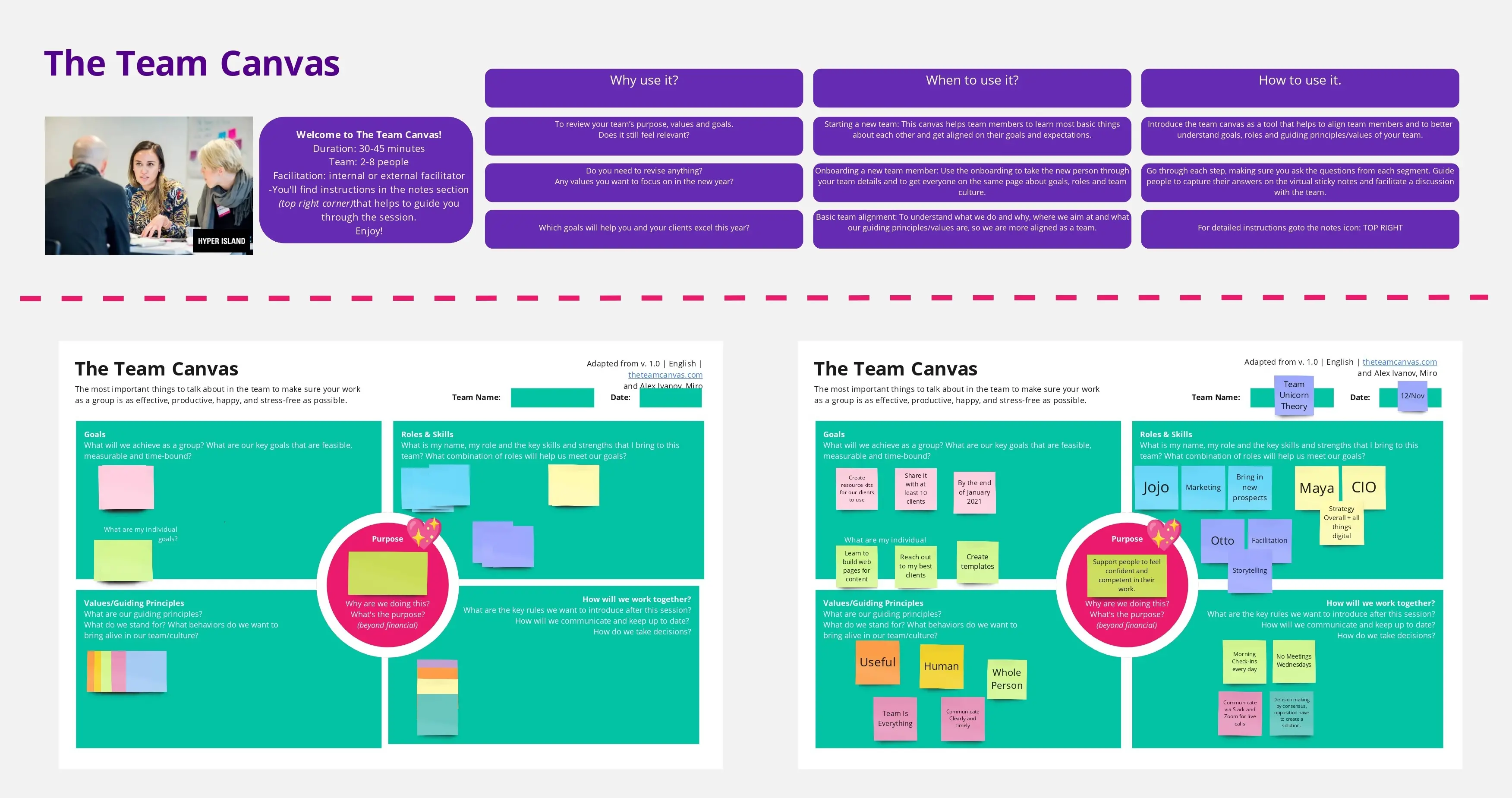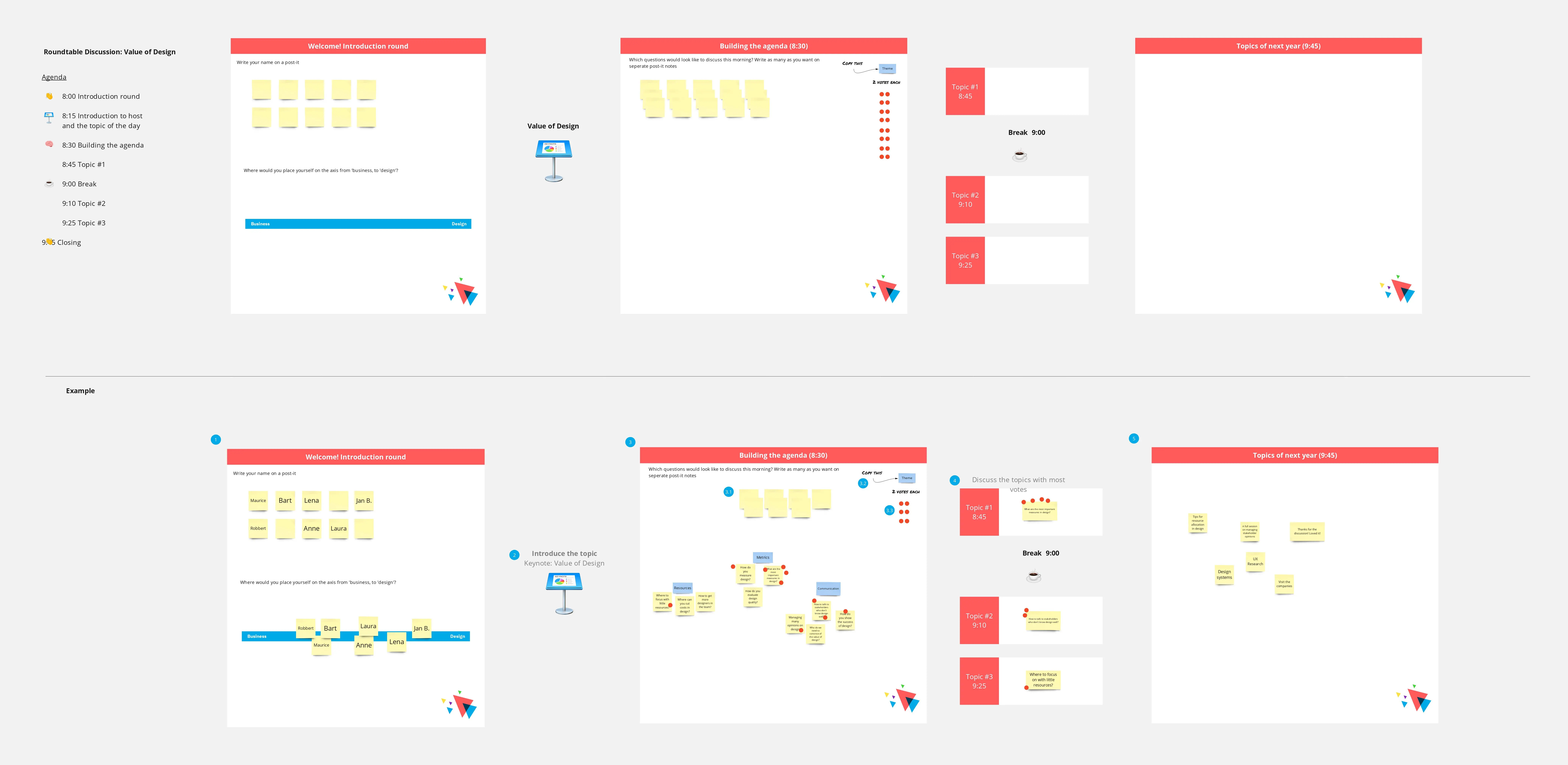Autonomy. Empowerment. Agency. We hear, and use, these words often, especially at product-led companies. But what do these words mean? I came up with nine "levels" of work, ranging from very specific, to very general. I called them Mandate Levels, to capture the idea of a sphere of authority and autonomy.
This template will be especially useful for new leaders attempting to surface and clarify how teams and team members currently collaborate on different types/shapes of work. It also provides a rich framework for going deeper than normal work distinctions like “problem vs. solution”, “outcomes vs. outputs”, or “epic vs. story”. In practice, product work is very diverse. By establishing a common vocabulary, teams are able to have more valuable conversations, which in turn leads to better customer and business outcomes.
When and how it can be used:
To look at where teams operate. Pick two teams you’d like to compare and create a rectangle on the board that covers all the levels that the team is responsible for. Then create a rectangle that represents the second team’s mandate levels. When you see them side-to-side, you can reflect on the dynamic between the teams.
To understand the relationships of different roles, both on and off "the team." For example, the ways that responsibility is distributed between Developers, Designers, Product Manager, GMs, etc. This will look different for non-digital product enterprises and a product-led company (see more examples on the board).
To classify different types/shapes of work. Pick a handful of initiatives and discuss as a team how these initiatives map to the mandate levels. You’ll quickly discover that small items map to one level, but the “bigger effort” maps to a different level. Connect the efforts with lines to describe relationships.
Important things to keep in mind:
Work is happening at all levels. Always. Work is always fractal and nested. The questions is who is operating where and how.
Just because you “own” a mandate level, doesn’t mean people will not be interested in what you are up to, or what the resulting lower mandate level work will look like.
Teams and individuals can have mandate levels. And work itself can have a mandate level.
Some orgs have more rigid role boundaries. Other orgs have very messy role boundaries. Reflect the messiness!
Sometimes our mandate changes depending on the nature of the effort. Sometimes we start higher, and as we learn more our follow-up work trends lower.
You may need to tweak the language to make sense in your org. Come up with your own labels by laying out a couple dozen efforts and categorizing them.
Not everyone wants to be responsible for earning their company $N million dollars in 6 months. When you're a new product developer, the thought of working at D might be daunting. Or you’ll find people who will leave their company if they can’t operate at Level X or higher. Preference and experience matters.
My main advice? Name it to tame it. Skip words like empowerment, and get specific.
To learn more about Mandate Levels, check out this article.






